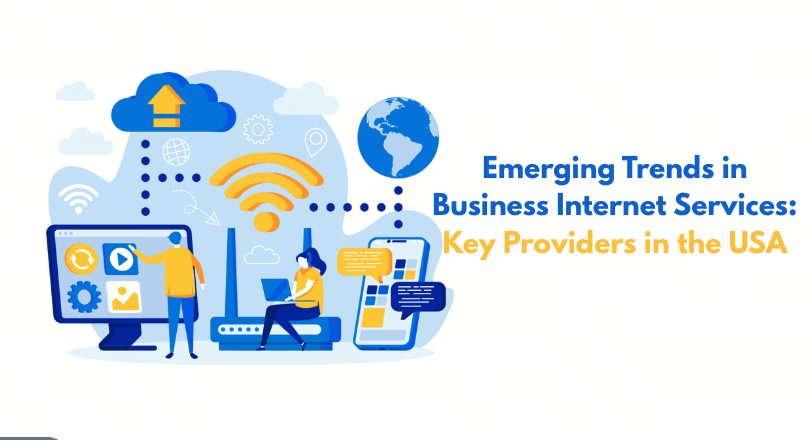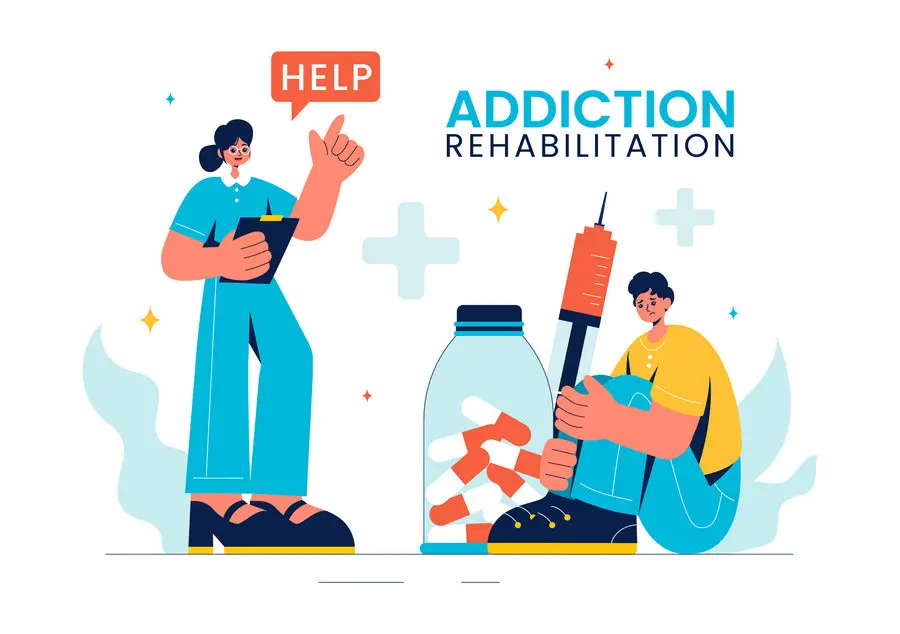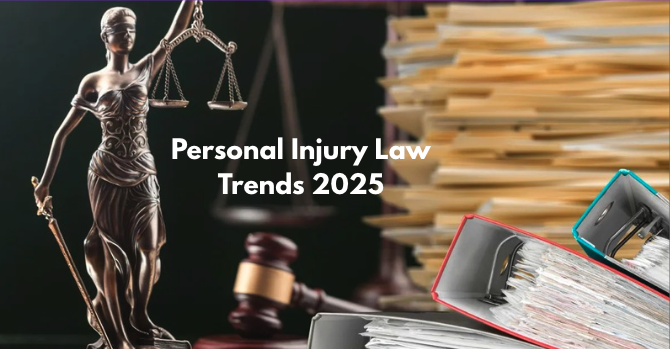
The roofing industry is evolving at a rapid pace, thanks to the integration of **emerging technologies** that enhance efficiency, sustainability, and overall performance. By 2025, many companies across the USA are adapting to these advancements, ensuring they remain competitive in a fast-changing market. This article explores the key technologies reshaping the roofing landscape and how American companies are responding to these innovations.
One of the most significant changes in the roofing sector is the development of **advanced roofing materials**. These materials, including **cool roofs** and **solar shingles**, are designed to improve energy efficiency. Cool roofs reflect more sunlight and absorb less heat, which can significantly reduce energy costs for building owners.
Companies like GAF and CertainTeed are leading the charge in the production of these innovative materials. By 2025, it's expected that an increasing number of contractors will prioritize the installation of cool roofs, aligning with the growing demand for **sustainable building practices**.
The use of **drones** in the roofing industry is becoming more prevalent. Drones provide a cost-effective and efficient way to conduct roof inspections, allowing contractors to assess damage and wear without the need for scaffolding or ladders. This technology not only saves time but also enhances safety by minimizing the risks associated with manual inspections.
By 2025, many roofing companies are expected to incorporate drone technology into their standard operating procedures. This shift will facilitate quicker assessments and help in generating detailed reports that can be shared with clients, improving customer service and satisfaction.
**Building Information Modeling (BIM)** is another emerging technology that is transforming the roofing industry. BIM allows contractors to create 3D models of roofs that can be used for planning, design, and construction. This technology improves accuracy, reduces waste, and enhances collaboration among stakeholders.
As more roofing companies adopt BIM by 2025, the industry will likely see a reduction in project timelines and costs. Enhanced visualization will also help clients better understand the roofing options available to them, resulting in more informed decisions.
**Smart roofing systems** equipped with sensors are gaining traction in the market. These systems monitor a roof's condition in real-time, providing data on temperature, moisture levels, and structural integrity. This information allows for proactive maintenance, preventing costly repairs down the line.
By 2025, it's anticipated that smart roofing technologies will become commonplace, particularly in commercial buildings. Companies like Tesla and CertainTeed are investing heavily in these solutions, recognizing the long-term benefits of predictive maintenance and energy efficiency.
The push for **sustainability** is influencing the roofing industry significantly. Companies are increasingly adopting eco-friendly materials and practices, such as recycled shingles and green roofs. This trend aligns with broader societal demands for environmentally responsible construction.
By 2025, roofing companies that prioritize **sustainable roofing solutions** will likely have a competitive edge. Homeowners are becoming more conscious of their environmental impact, and they are more inclined to invest in roofing solutions that reflect their values.
**Augmented reality (AR)** is revolutionizing the design process within the roofing sector. AR applications allow contractors to overlay digital images onto real-world environments, enabling clients to visualize their roofing choices before installation. This technology enhances customer engagement and helps in making more confident decisions.
As AR technology becomes more accessible, it's expected that by 2025, many roofing companies will integrate AR into their sales processes, offering a unique and interactive experience for clients.
Safety has always been a priority in the roofing industry, and emerging technologies are helping to improve safety standards. Innovations such as wearable technology, which can monitor workers' vitals and alert them to potential hazards, are becoming more common.
With the implementation of these safety technologies, roofing companies are not only protecting their workforce but also reducing liability and insurance costs. By 2025, it's likely that safety-conscious companies will gain a reputation that attracts top talent and builds trust with clients.
The roofing industry in the USA is on the brink of a technological revolution by 2025. As companies adapt to **emerging technologies**, they will enhance efficiency, sustainability, and safety. From advanced materials to smart systems and innovative inspection methods, the future of roofing looks promising. By embracing these changes, American roofing companies can ensure their relevance and success in an increasingly competitive marketplace.

Emerging Trends in Business Internet Services: Key Providers in the USA for 2025
Mobile-First Advertising: Adapting Strategies for the USA Market in 2025

How Rehab Centers in the USA are Adapting to Substance Abuse Trends in 2025
The Cost of Roofing in 2025: What to Expect from American Roofing Companies

How Accident Attorneys are Adapting to Changes in Personal Injury Law by 2025

Innovative Technologies Transforming Rehab Centers in the USA by 2025
Top Roofing Companies in the USA: Trends and Innovations to Watch in 2025
Eco-Friendly Roofing Solutions: Leading Companies in the USA Paving the Way in 2025